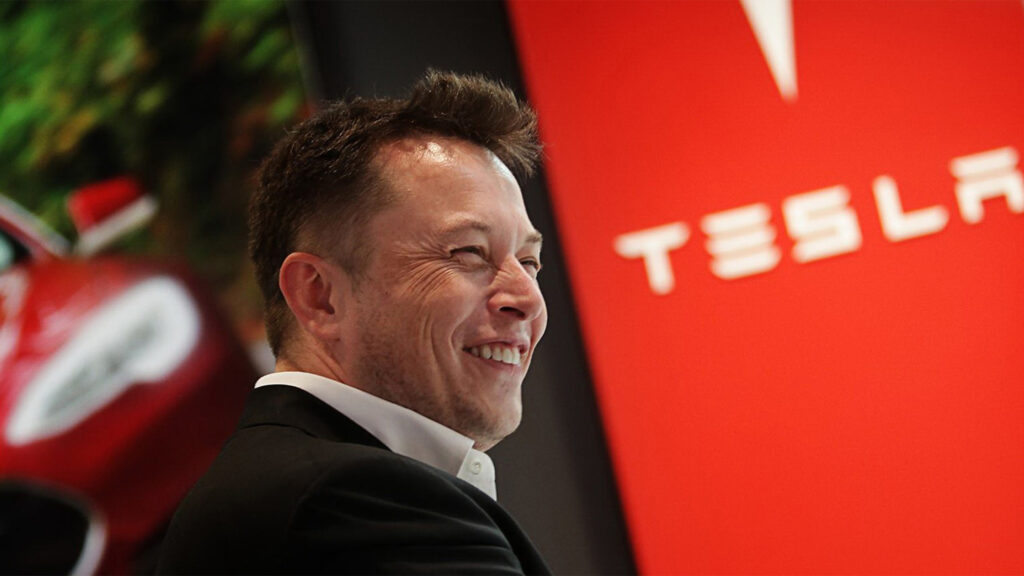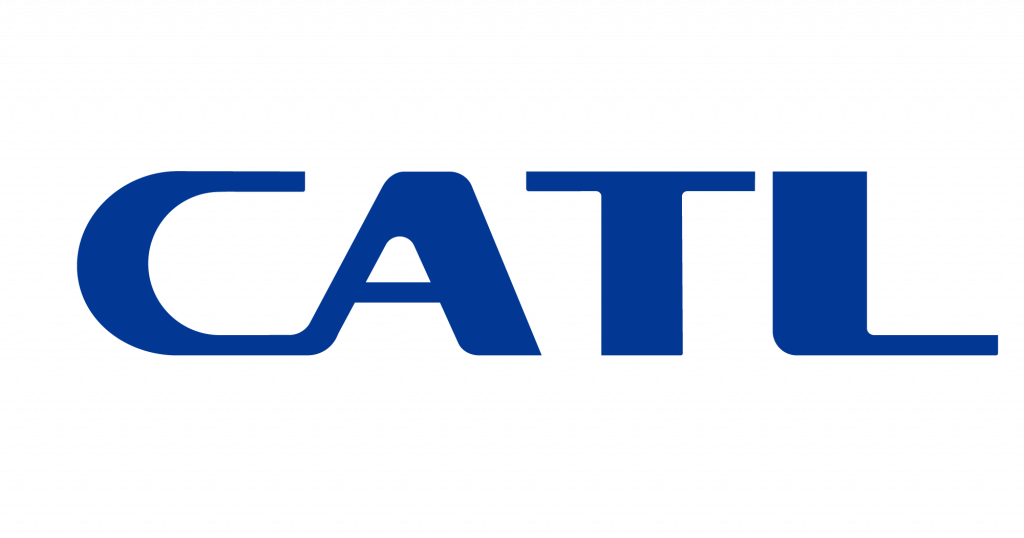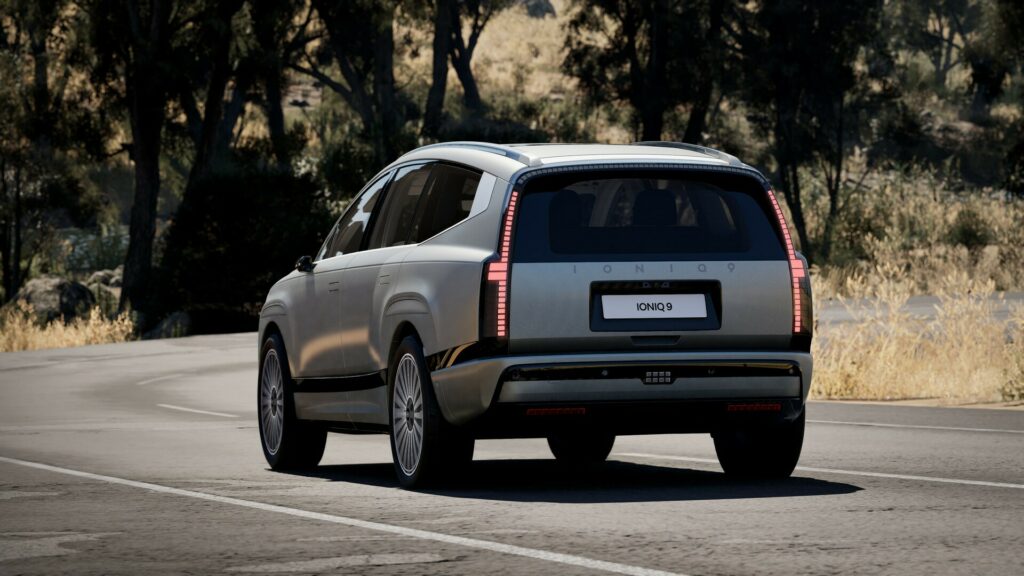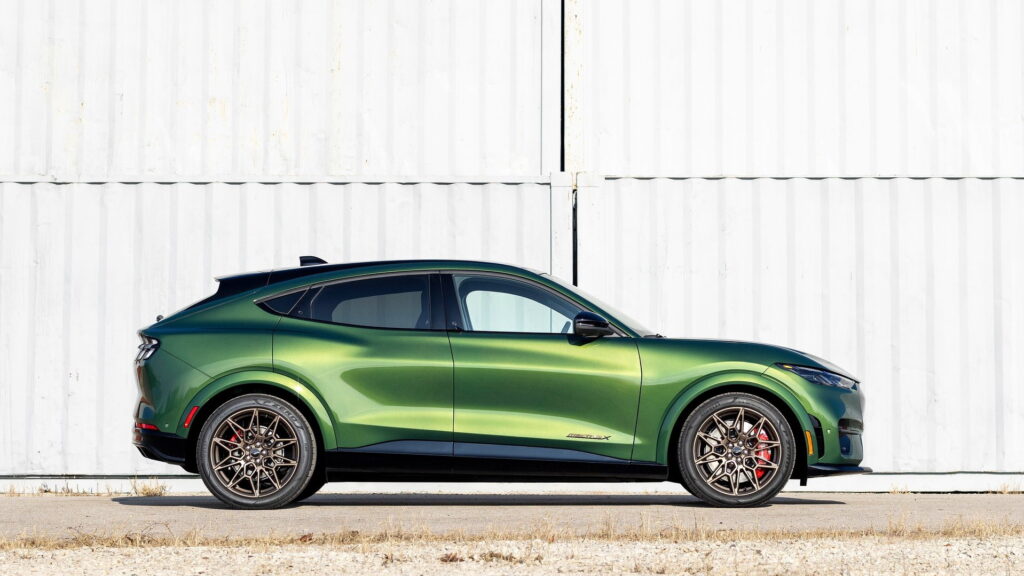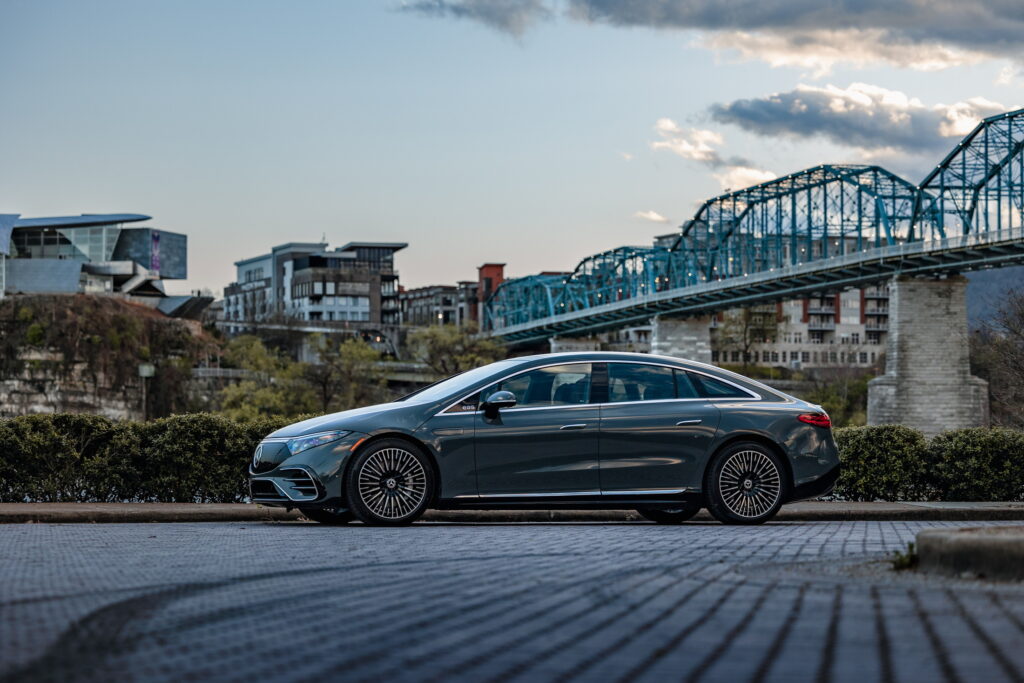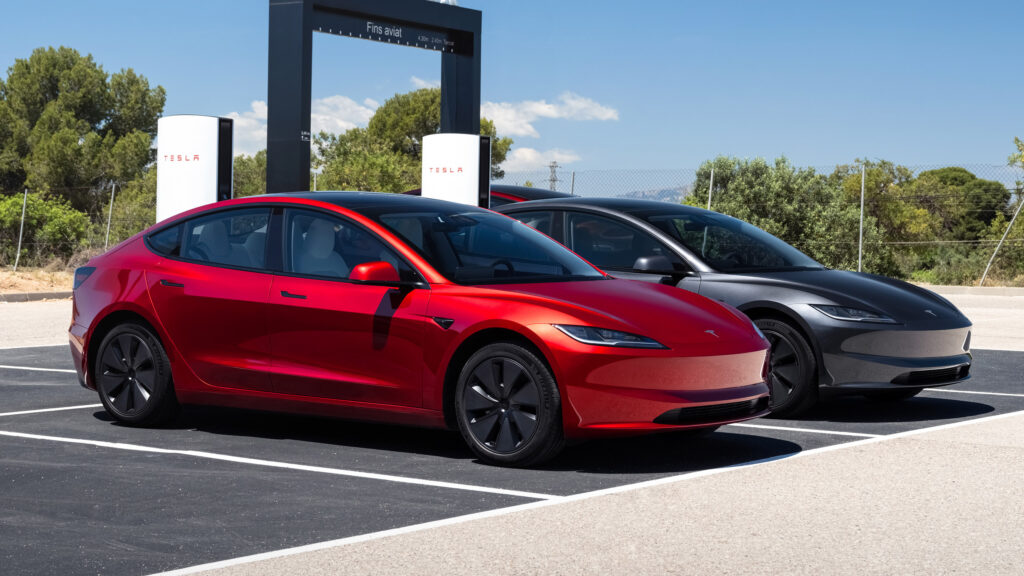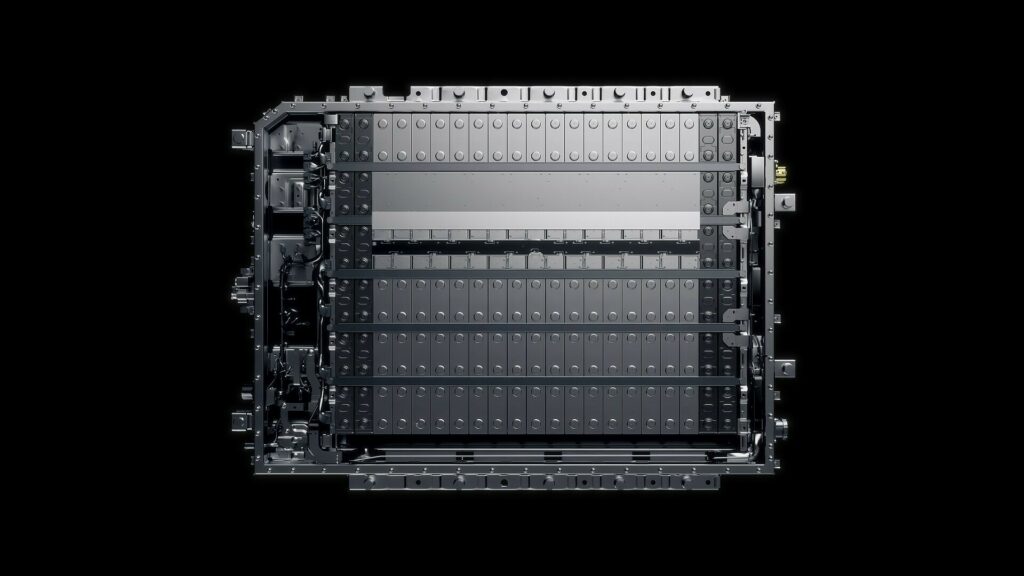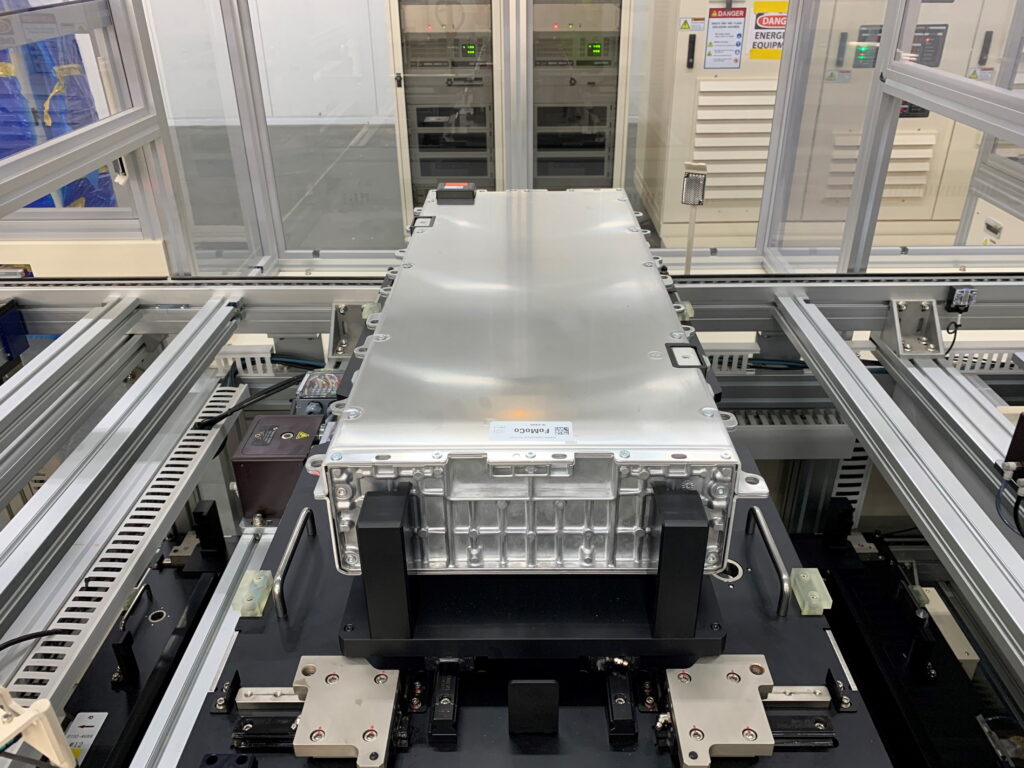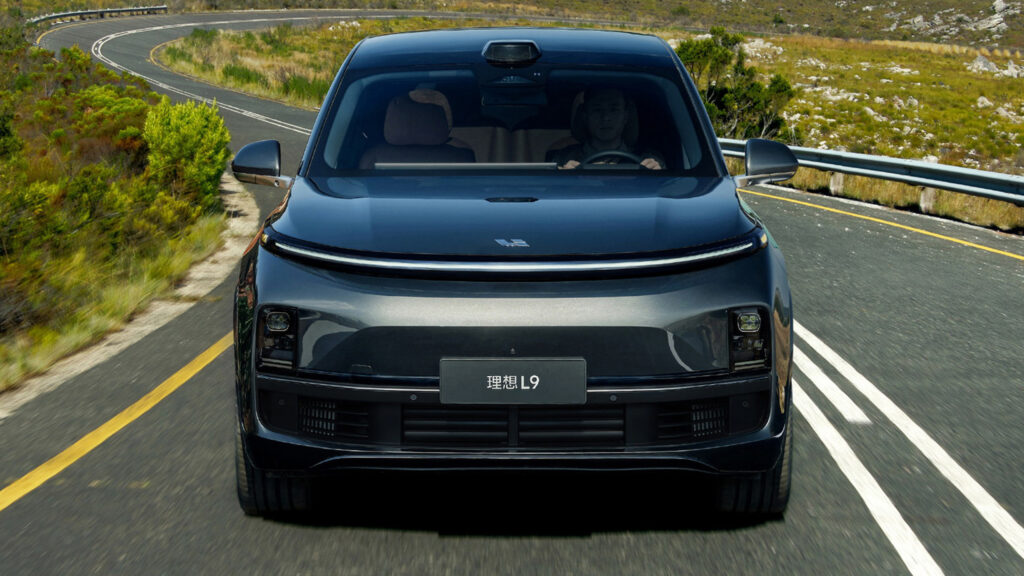John Deere’s Answer To The Labor Crisis? A Robot Mower That’ll Quietly Take Your Job
- The robot mower has a 21.4 kWh battery pack and can operate for up to 10 hours.
- John Deere has also presented an autonomous articulated dump truck at CES.
- The company’s self-driving vehicles include a suite of sensors and a Nvidia GPU.
The automotive industry is in the midst of a revolution, with electric powertrains and autonomous driving systems now more commonplace than ever. While automakers battle to perfect self-driving cars and electric SUVs, industries like agriculture and landscaping are quietly deploying their own fleet of cutting-edge tech. At CES 2025, John Deere rolled out a range of autonomous and electric machines that might not just lighten workloads but could redefine how certain jobs get done.
Meet John Deere’s Robot Mower: The Quiet Giant
One of the most intriguing new products unveiled by John Deere is an electric robot lawnmower. Looking a little bit like a robot designed for a battlefield in a Hollywood movie, the lawnmower is powered by a 21.4 kWh battery. This should give it enough charge to be able to operate for up to 10 hours, making it perfect for large commercial-grade lawns.
Read: Kamaz “Robocop” Is An Autonomous Dump Truck For The Russian Coal Mines
The robot uses four pairs of stereo cameras to give it a 360-degree view of the world. Beyond the lawnmower being able to operate autonomously, the electric powertrain has its own advantages over traditional gas-powered mowers. For example, because it’s much quieter, workers could start jobs earlier in the morning.
While it seems unlikely that driverless cars will replace human-operated ones in the foreseeable future as full autonomy is still making baby steps that are often troubling, mowers like this could become commonplace much sooner. John Deere cites a recent study revealing that 84% of landscape business owners struggle to find and retain qualified labor.
Robots to the Rescue, Says John Deere
“Our agriculture, construction, and commercial landscaping customers all have work that must get done at certain times of the day and year, yet there is not enough available and skilled labor to do the work,” said John Deere Chief Technology Officer Jahmy Hindman.
“Autonomy can help address this challenge. That’s why we’re extending our technology stack to enable more machines to operate safely and autonomously in unique and complex environments. This will not only benefit our customers, but all of us who rely on them to provide the food, fuel, fiber, infrastructure, and landscaping care that we depend on every day” Hindman added.
Beyond the Lawn: Deere’s High-Tech Fleet
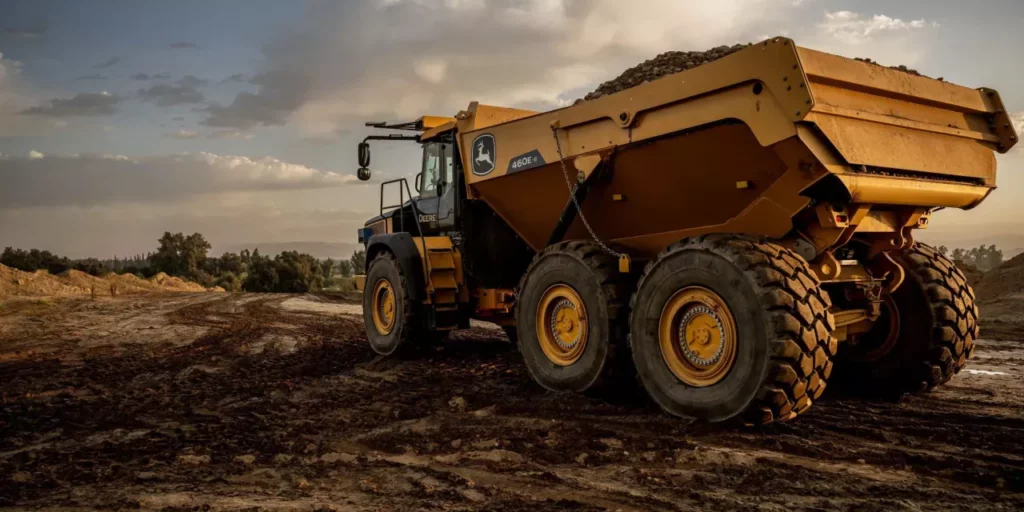
Three other self-driving vehicles have been presented by John Deere in Las Vegas. The first is the second generation of its autonomous tractor, complete with 16 cameras and a Nvidia GPU. John Deere is also looking to bring its autonomous vehicles to construction sites, unveiling an articulated dump truck that can carry over 92,000 lbs of materials. Vehicles like these are becoming more common in quarries and mine sites around the world, promising to improve productivity.
The second high-tech tractor presented by John Deere is specifically designed with orchards in mind. It’s diesel-powered and pulls sprayers through nut orchards. These typically need to be sprayed six to eight times per year, and John Deere added a LiDAR to ensure the truck doesn’t get lost or confused in densely packed orchards where GPS signals may be blocked.
Maybe you can’t stop progress, and things right now point to fully autonomous vehicles becoming, at some point, the new norm. While companies like John Deere claim that they will help business owners who need more skilled labor, we can’t help but wonder if they’ll eventually also cost all workers their jobs…
